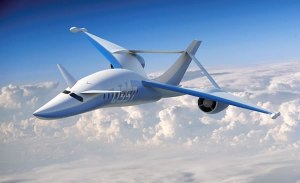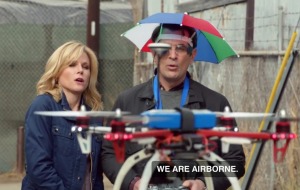Dronies (selfies with a drone), 90 minute flights from Australia to the UK and zero-carbon cities are just some of the great innovations that we can look forward to by 2021. This technology series showcases some of the best the world has to offer.
1. What is a Spaceliner? Well it is not the Concorde
Supersonic aircraft that uses a rocket engine to take off. Supersonic or “twice the speed of sound” technology has actually been around since 1969. The Concorde was the first commercially viable supersonic flight and operated from 1969-2003. It was the fastest way to fly and held an unbroken safety record until 2000. The routes were taken by the rich, famous and powerful.
The Space Liner improves upon this technology to make it a safer, less noisy and more efficient way to fly. Learning from the technological and business failings of the Concorde, Space Liners have attracted great investor and research interest. E.g. Virgin Galactic, Aerion & Airbus.
2. It will save so much time
Humanity has progressed so fast in distance travel.
- 1850 – Travel from Europe to Australia via sail would take at least 2 months with good winds and up to 4 months in calm weather.
- 1900 – Travel via steamships on the Suez Canal route reduced travel time to just over 1 month.
- 1930s – Air travel for wealthy immigrants became available. It still took 11 days and over 24 stopovers to travel from Australia to Europe.
- 1960s – “Golden era of travel” Air travel became mainstream. By 1969, the Kangaroo route between London and Sydney took around 32 hours with 6 stopovers.
- 1989 – Qantas set a world record, flying from Sydney to Australia in 20 hours.
- 2015 – Today on average, it takes around 23 hours to fly from Australia to London.
- By 2020, a flight from Sydney to London may just take 90 minutes.
3. It will be available on domestic flights – eventually
Aircraft manufacturers predict that Space Liners will go to market in 5-10 years or at least by 2050. Although at first, the routes will be first/business class flights, the business case for domestic flights is proven. It may take longer, but large aircraft manufacturers, who have spent years researching the technology and the market are optimistic.
4. It is environmentally friendlier than aircraft
The SpaceLiner only emits water vapour. The SpaceLiner’s reusable liquid rocket engines are made up of Liquid Oxygen and Hydrogen.
5. An out-of-the-world experience
At 65,000ft, we will already be able to see the curvature of the earth and experience the feeling of travelling at twice the speed of sound. Additionally, we may even get the chance to travel out-of-space in our lifetime. Virgin Galactic has ambitious plans for establishing a sub-orbital route. Even with set-backs potentially delaying the original take-off date of 2018, we can expect to see this happen in our lifetime. If this does take off – we may someday get to see the blue earth while being weightless in space.
Next: Zero carbon cities




